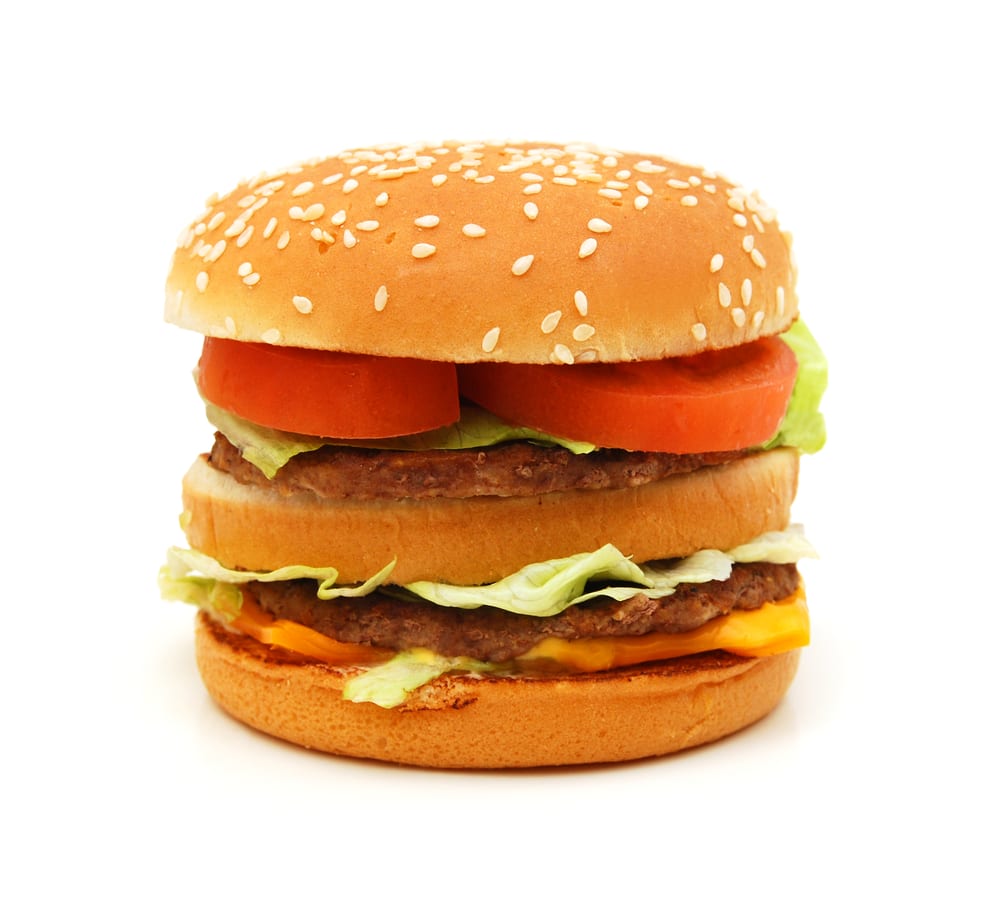I’ve written about The Economist magazine’s “Big Mac Index” many times in The Global Guru.
But if you’re new to this quick and dirty but useful method of measuring the relative values of global currencies, then here’s the basic idea.
One of the best ways to get your head around relative currency valuations is to look at what the same goods cost in New York, London, Tokyo, Beijing and elsewhere.
Editors at the Economist magazine knew that as well, so in 1986 they created the now-famous “Big Mac Index,” a tongue-in-cheek but surprisingly useful way of measuring purchasing power parity, or PPP.
By looking at the price of the same good — and made up of the same locally produced raw ingredients — the index gave an insight into the relative over- and undervaluation of the world’s currencies compared to the U.S. dollar.
By comparing the cost of Big Macs — an identical item sold in about 120 countries — the Big Mac Index calculates the exchange rate (the Big Mac PPP) that would result in hamburgers costing the same in the United States as they do abroad.
Compare the Big Mac PPP to the market exchange rates and you have a handy way to quickly see which currencies are under- or overvalued.
Hot off the Griddle
According to the latest data released by The Economist, the average price of a Big Mac in the United States in July 2015 was $4.79. That seems high to me. But then again, I haven’t been to a McDonald’s in the United States since George Bush was President.
By way of comparison, in China the average cost of a Big Mac was only $2.74 at market exchange rates. That means the “raw” Big Mac Index says that the yuan was undervalued by 42.8%. That’s pretty much in line with where it’s been for the last 10 years or so.
Earlier this year, I noted that the strength in the U.S. dollar relative to so many rival foreign currencies was so pronounced that it was time to take that long-awaited European vacation.
The recent Big Mac Index confirms this advice. Today, a Big Mac in the European Union will cost you an average of $4.05, meaning that the euro is undervalued by 15.4%.
That’s a far cry from just seven years ago when the euro was overvalued by some 50% compared to the U.S. dollar.
As Bob Dylan might say — the times they are a-changin’.
The Overvalued Few and Big Mac Parity
Atop the few overvalued currencies on the Big Mac Index recently was the perennially overvalued Swiss franc. The “Swissie” — as it is commonly referred to by traders — has been overvalued versus the dollar for as long as I can remember. According to the Big Mac Index, today the Swiss franc is overvalued by 42.4%. In Big Mac terms, that means the flagship burger is going to cost you $6.82 in Geneva.
Norway has the second-most-overvalued currency in the world, by 17.9%, with a Big Mac costing $5.65. Sweden and Denmark round out the only four overvalued Big Mac Index countries, coming in at 7% overvalued for $5.13 in Sweden and 6% overvalued at $5.08 in Denmark.
The Swiss and Scandinavian currencies have always been the most overvalued in the world.
But the level of overvaluation has dropped remarkably in the past five years.
In March 2010, the overvaluation of the Norwegian krone hit 92.97%, the Swedish krona reached 75.82% and the Swiss franc stood at 65.88%. I recall paying $22 for a Happy Meal in Switzerland just four year ago.
An Undervalued Happy Meal
The parade of undervalued Big Mac Index countries continues, and you can get a lot of Happy Meals for your money in places such as India, Ukraine and Venezuela.
These three countries are at the bottom of the barrel when it comes to relative PPP. So, in India, a Big Mac will cost you just $1.83, or 61.7% undervalued according to the Index. In the Ukraine, a Big Mac can be had for $1.55, and in Venezuela you can grab a Big Mac for a mere 67 cents. That’s an undervaluation of 86%!
If there is one overarching theme over the past few years, it’s that most currencies have gotten much cheaper versus the U.S. dollar.
This, of course, is precisely the opposite of what was predicted by the “demise of the dollar” crowd.
What they missed is that for all of the Fed’s money printing of the past few years, currency valuation is a relative game.
For the U.S. dollar to fall, other currencies have to get stronger.
And that just has not happened.
Today, the aggressive money printing policies of both the European Central Bank and the Bank of Japan are pushing the value of both the euro and the yen down.
And with the first Fed rate hike in almost 10 years coming up — a move that will be bullish for the U.S. dollar — it is unlikely that the U.S. dollar will be pushed down any time soon.
That’s why the continued strength of the greenback remains my No. 1 long-term recommendation in the currency markets. The easiest way to piggyback on the U.S. dollar’s strength is via the PowerShares DB US Dollar Index Bullish Fund (UUP).
A Big Mac Hedge Fund
That said, if you’re a more active currency trader, you’d have a different playbook, as you’d be making shorter-term, specific trades in some of the biggest, most widely held currencies.
First, if you’d follow the conclusions of the “Big Mac Index,” you’d buy undervalued currencies and then sell overvalued currencies.
Second, you’d concentrate on the highly liquid, so-called “big six” currencies, which include the Swiss franc, British pound, Canadian dollar, euro, Japanese yen — and, of course, the U.S. dollar.
In that case, the latest Big Mac Index would dictate that you do the following:
- Sell the Swiss franc (FXF), which is the only major currency that remains very overvalued.
- Stay neutral on the British pound sterling (FXB) and the Canadian dollar (FXC), as they are only slightly undervalued on a PPP basis.
- Buy the euro (FXE) and the Japanese yen (FXY), as they represent a sound long-term bet on an undervalued basis (the euro by 15.4% and the yen by 37.7%).
- Buy the dollar via the PowerShares DB US Dollar Index Bullish Fund (UUP).
The one big caveat here is that with both the European Central Bank and the Bank of Japan still very much intent on driving down the euro and yen, buying FXE or FXY is actually an extremely contrarian trade.
So the surest bet remains staying long in the U.S. dollar.
On a more practical level, there’s been no better time in recent memory to get that passport out and buy yourself a whole lot of Happy Meals in the foreign countries of your choice.
In case you missed it, I encourage you to read the e-letter column from last week about how investors can make money in this lousy year. I also invite you to comment in the space provided below my commentary.





